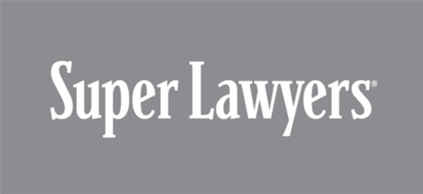Defects Related to Rollover Accidents
It is the manufacturer’s responsibility to design a product that helps save lives. Unfortunately, inadequate or faulty design can in fact be the reason why serious injuries occur in rollover accidents. Many people attribute rollover accidents to driver error, but this isn't always the case.
There can also be fault on the manufacturer’s side, including:
Survival Space Failure (Roof Crush)
Serious injuries or even death can occur from structural design failures in side rails, headers or support pillars. If crushed downward or inward during a rollover incident, it is likely that the roof pillars' design is flawed. Roof pillars include holes intended to lighten the weight of the vehicle. If the pillars are defective, the strength of a closed-pillar design is sacrificed. This puts the passengers and drivers at increased risk should a rollover occur.
Stability or Handling Defects
Some vehicles have a known history of rollover issues due to stability design or production defects. Stability issues can result from design flaws in the following systems
- Suspension systems (This occurs especially in SUVs or vehicles with a higher center of gravity.)
- Electronic Stability Control Systems
- Lift Kit Flaws
Outdated Safety Standards
Many manufacturers know that certain roof designs are more dangerous than others. Unfortunately, they continue to rely on outdated federal safety standards as a way of keeping design and production costs down. For example, Ford Motor Company misled U.S. regulators about roof safety on its Explorer model back in 2005. This resulted in Ford settling millions of dollars in class-action lawsuits spanning four states in November 2007.
Tire Defects
Tire defects may include blowouts, failures or manufacturing defects such as sub-standard design or manufacturing processes, or tire aging or wear.
Related Auto Defects
In some cases, other manufacturer auto defects can contribute to an accident. It's critical to take a closer look and review potential defects, such as airbags, child safety seats, fuel systems, windshield glass, seatbelts or tire failures.




